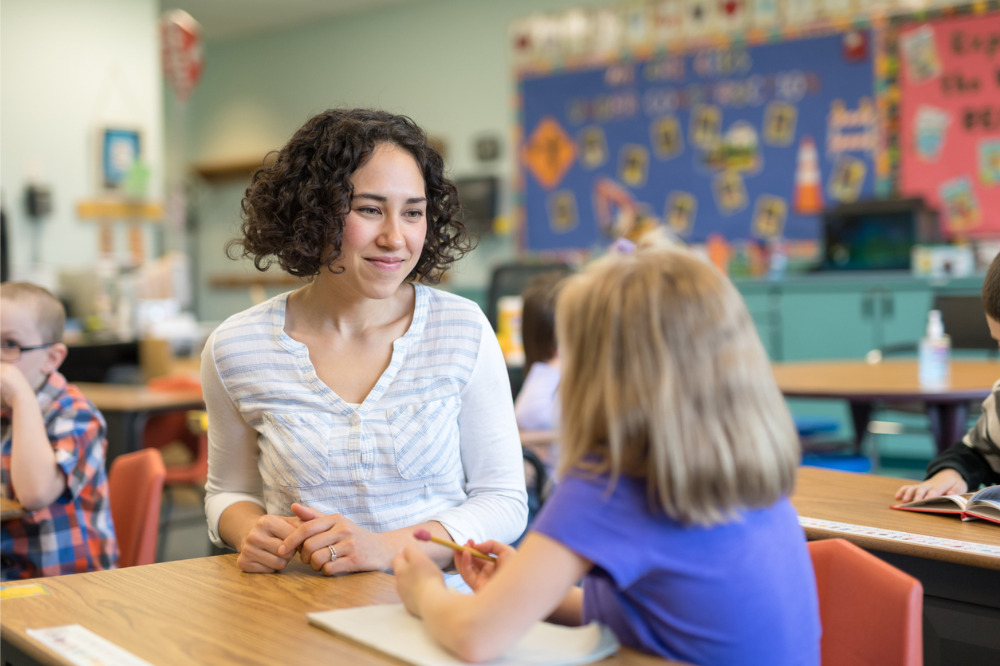
While Indigenous languages in Australia comprise only 2% of languages spoken in the world, they represent 9% of the world’s critically endangered languages.
More than 250 Indigenous languages and over 750 dialects were originally spoken. However, as some experts estimate, only 40 languages are still spoken, with just 12 being learned by children.
With the disappearance of these languages, linguistic diversity, diverse cultures, and world views also risk being lost. Important connections between Indigenous languages and cultural identities may also be broken.
“There were once more than 250 Aboriginal and Torres Strait Islander languages with over 750 dialects – but now only 40 are still spoken, and just 12 being learnt by children,” language expert Dr Lisa Lim from the Curtin School of Education told The Educator.
“Teaching Aboriginal languages in schools is a crucial step towards building language awareness, and promoting preservation and revitalisation efforts.”
Dr Lim added that as a growing body of research has shown, inclusion of children’s home/ heritage languages in schools contributes to positive self-esteem and better learning.
“We are currently in the first year of the UN’s International Decade of Indigenous Languages, which aims to draw global attention to the critical endangerment of Indigenous languages, and its Global Action Plan recognises the critical role that education must play.”
Growing demand for Indigenous languages in schools
Dr Lim said various important initiatives in recent years, such as NAIDOC Week, National Sorry Day, Uluru Statement of the Heart, and Reconciliation Action Plans, which have all grown in momentum, have helped to raise greater awareness and prompt action on this issue.
“These have certainly contributed to the recognition of the immense privilege we have of living on the lands of the oldest living culture in the world, and also, crucially, of the importance and relevance of First Nations languages and cultures to our everyday existence,” she said.
“Children and their parents are recognising this, and wanting more. In addition, global issues such as the environmental crisis has drawn attention to Indigenous cultural practices and raised the status for such traditional ecological knowledge – and this has had a knock-on, positive effect for attention to Aboriginal languages.”
‘Learning Aboriginal languages has a strong, collective value’
Dr Lim said that while schools are well aware of the cognitive benefits of learning languages generally, what makes learning Aboriginal languages different from learning the European and Asian languages – which have been traditionally taught in Australian schools – is that they are the languages of the peoples of our Country.
“Non-Aboriginal children are living and schooling on Country, and through Aboriginal language programs, they get to learn about this Country, its peoples, languages, histories, and cultures,” she said.
“Learning Aboriginal languages as well as learning about Aboriginal ways of communication also provides students with recognition of different norms of interaction, and insights into traditional knowledge, cultural perspectives and worldviews of the community.”
Dr Lim said such presence in schools is important for signalling the value of Aboriginal languages and cultures, not just for the communities themselves, but for all of us.
“All this comes together to help nurture the younger generations in building a strong understanding of and respect for Indigenous languages and cultures.”


